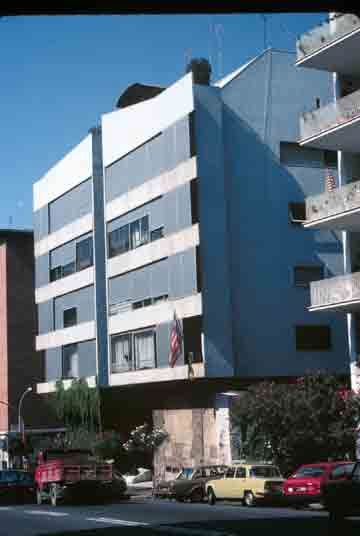 |
| New Year's Eve 2023 at Circo Massimo (Circus Maximus) |
RST welcomes back guest blogger Theresa Potenza. Based in Rome, Potenza is an art historian, private tour guide, and freelance writer. To learn more about her private tours of Rome and read her travel and feature stories about Italy, check out: www.tourwiththeresa.com.
+++++++++++++++++++++++++++++++++++++++++++++
Listen
As part of the culture and music festival Natalè Auditorium, the Auditorium Parco
della Musica has shows almost every day of the week from now (they started December 8) to January 7.
The concert hall, an architectural masterpiece by Renzo Piano opened in 2002, is not only a concert venue but a public music complex with several concert halls and theaters. It is not to be missed on a trip to Rome, and with its endless variety of shows in December there is something for everyone.
 |
| The Harlem Gospel Choir, scheduled to perform at Parco della Musica over the holidays |
For a full schedule, check out the Auditorium website: https://www.auditorium.com/it/festival/natale-auditorium/
 |
| Tram Jazz view of the Coliseum and the Arch of Constantine, 2022 |
For the party animals, on New Year's Eve don’t miss the largest outdoor concert in the city at Circus Maximus. Performers include Blanco, Lazza, and Francesca Michielin. Details (in Italian) on the Roma Capitale website here: https://www.comune.roma.it/web/it/notizia.page?contentId=NWS1117962
Taste
When in Rome, do as the Romans do, and feast for the holidays. The Eternal City has been named in 2023 by Travelers' Choice as the best food destination in the world. Make the most of it and try the traditional holiday menus offered in restaurants of all price ranges throughout the city.
For an exquisite Christmas experience, Mirabelle restaurant offers some of the finest food and views in the entire city. As with most of Italy, Mirabelle offers a Christmas Eve dinner menu that is seafood based with a variety of first course and second course fish dishes including tagliatelle pasta with cuttlefish, and roasted octopus. The Christmas Day lunch menu includes fine delicacies such as foie gras, white truffle risotto, and deer filet. And you can end the year in style and abundance with the New Years Eve menu complete with oysters, lobster, pumpkin and white truffle pasta, veal filet, and even good-luck lentils at midnight! Reservations can be made on the Mirabelle website, https://www.mirabelle.it/en.
 |
| The view from Mirabelle--though maybe not in December. |
If you are looking for a more casual and traditional Roman
holiday meal, Casale Appio Locanda offers a fixed menu for lunch on Christmas
Day that provides the option for a traditional menu or a vegetarian menu
option. The traditional menu includes
what most Roman families have for the holiday, cappelletti in brodo, along with
fettuccine with sausage and porcini mushrooms, roasted lamb, and Roman
artichokes. The vegetarian menu includes eggplant parmesan, spinach and ricotta
ravioli, broccoli flan and Roman artichokes. The kids' menu offers breaded beef
filets, roasted potatoes, and fettuccine bolognese. For reservations and for
their menu on December 26th (also a public holiday in Italy) and New Year's Day, check out their Facebook page: https://www.facebook.com/casaleappio
 |
| Alle Frate di Trastevere (2015 photo) |
See
 |
| The Touch of Pygmalion |
For a break from ancient and Renaissance art, check out the Andy Warhol exhibition, Andy Warhol Universo Warhol, on until March 2024 at the Historical Infantry Museum (Museo storico della fanteria), not far from the Termini Train Station at Piazza Santa Croce in Gerusalemme. The exhibition brings to life the Pop Art genius through a collection of silk-screen prints, ceramics, legendary vinyl and magazine covers, Polaroid photos and advertising posters from public and private collections. Though the museum is usually free, this elaborate exhibition comes with a price tag. See website here in English - scroll down on that website for opening hours and links to buy tickets.
The holiday season is also a great time to witness the
spectacular light show at Rome’s Botanical Garden. The light show entitled
“Trame di Luce” transforms the natural space into a fairy tale world of sensory
art, light, and music. The sensory
immersion is part of an international light art festival held for the first
time in Italy and on until January 8th 2024.
One of the many family-friendly exhibits in Rome to enhance your holiday spirit in a
historic setting. For booking go to their website, https://tramediluce.it/










































